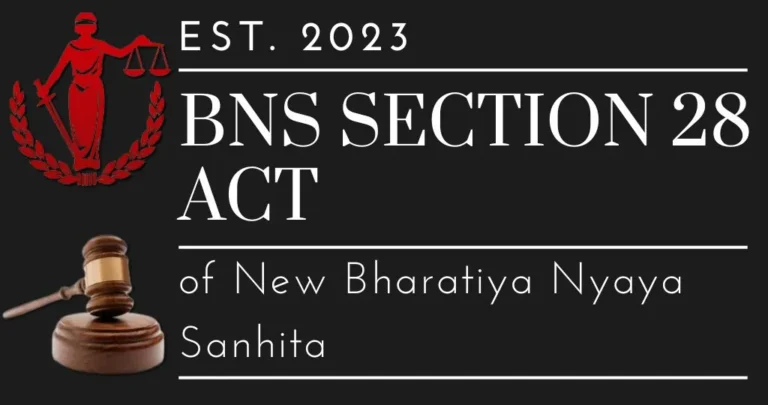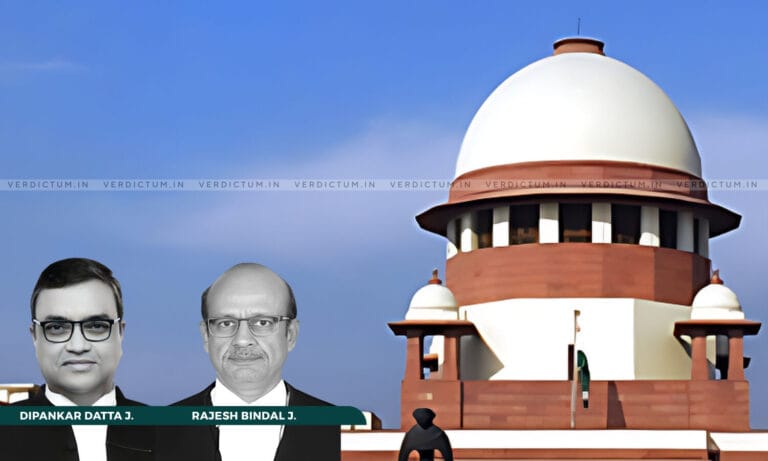
Distinctions Between Wrongful Confinement and Restraint Under Indian Criminal Legal Law
**Wrongful Restraint
According to the IPC, section 339 states that wrongful restraint is voluntarily obstructing any person so as to prevent them from proceeding in any direction in which they may have a right to proceed. This offense partially obliterates the movement of an individual so that he cannot move in a particular direction but not such that he is strictly confined. This is the aspect of wrongful restraint through unlawful prevention of a person from moving in a direction he or she wishes to go and has every right to proceed.
For More Updates & Regular Notes Join Our Whats App Group (https://chat.whatsapp.com/DkucckgAEJbCtXwXr2yIt0) and Telegram Group ( https://t.me/legalmaestroeducators ) contact@legalmaestros.com.
**Example**: If person A deliberately blocks the way of person B on a public road, preventing B from proceeding, A wrongfully restrained B.
**Wrongful Confinement
**Example**: Person A locks person B in a room so that B is prevented from leaving. A has wrongfully confined B.
**Differences**
1. **Area Covered**: In wrongful restraint, there is only partial obstruction. The person cannot move in one direction but is still free to move elsewhere. Wrongful confinement is a complete restriction where a person is confined within definite limits and cannot move beyond those limits.
2. **Nature of Offense**: Wrongful restraint is considered a lesser offense than wrongful confinement. The former restricts movement in a particular direction, whereas the latter deprives a person of his liberty completely by confining him within a defined space.
3. **Legal Consequences**: The punishment for wrongful restraint, as outlined in Section 341 of the IPC, is simple imprisonment for up to one month, a fine up to five hundred rupees, or both. For wrongful confinement, Section 342 prescribes a punishment of imprisonment for up to one year, a fine up to one thousand rupees, or both, reflecting its more serious nature.
**Judicial Interpretations**
The Indian courts have been able to establish the distinction between wrongful restraint and wrongful confinement by various judgments.
In *Jay Engineering Works Ltd. And Ors. vs State Of West Bengal And Ors.* (1967), the Calcutta High Court held that no person has a right to resort to coercive methods such as wrongful restraint, wrongful confinement, and criminal trespass, which are all cognizable offenses. This judgment lays emphasis on the importance of lawful conduct and the protection of individual freedom of movement.
**Scholarly Perspectives**
Legal scholars have analyzed these offenses to throw into relief their peculiar features. According to legal stalwart Ratanlal Ranchhoddas’s leading text, “The Indian Penal Code,” wrongful restraint involves the obstruction of a person’s way, preventing them from proceeding in the direction in which the law permits them to proceed. He contrasts this with wrongful confinement, which he describes as restraining a person within certain limits, effectively preventing them from proceeding beyond those limits.
By the same token, in “Criminal Law: Cases and Materials,” K.D. Gaur, legal scholar, explains that the difference mainly turns on the degree of restraint as it affects movement in a particular direction in the case of wrongful restraint and affects totally within a defined area in wrongful confinement.
**Conclusion**
This will then call for the correct application of the law. Both offenses relate to wrongfully restraining an individual’s movement. However, they differ with regard to scope, nature, and the consequences within the legal system. Wrongful restraint refers to partial obstruction against a person’s movement in a certain direction. Wrongful confinement relates to the complete restriction of confinement within definite boundaries. These differences therefore ensure that justice is correctly administered, and rights are appropriately protected within the Indian legal system.






